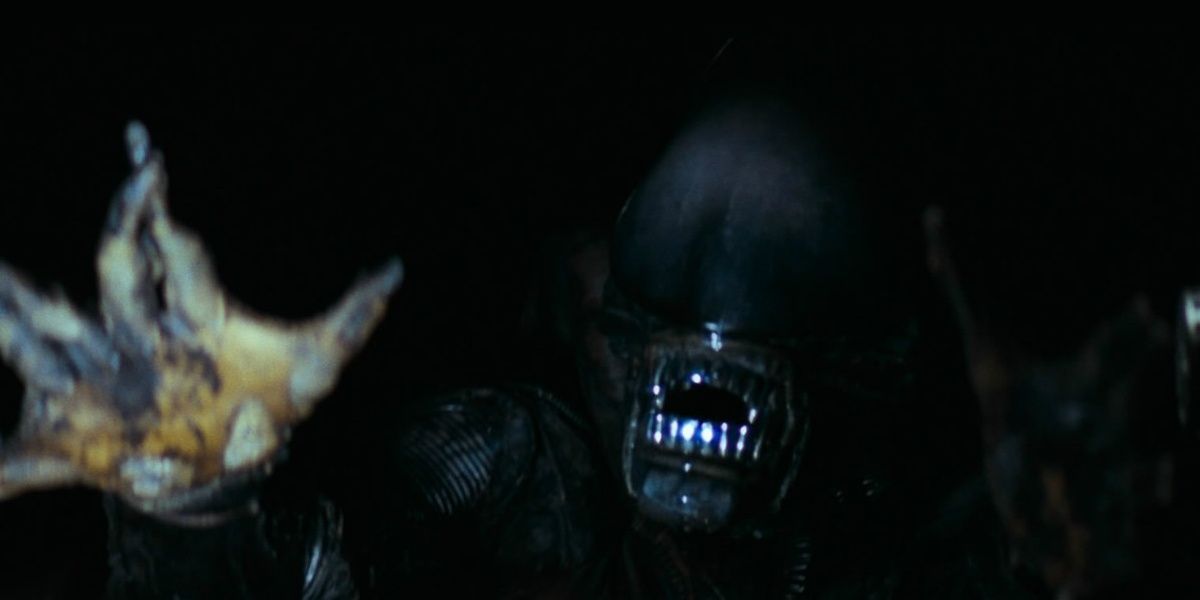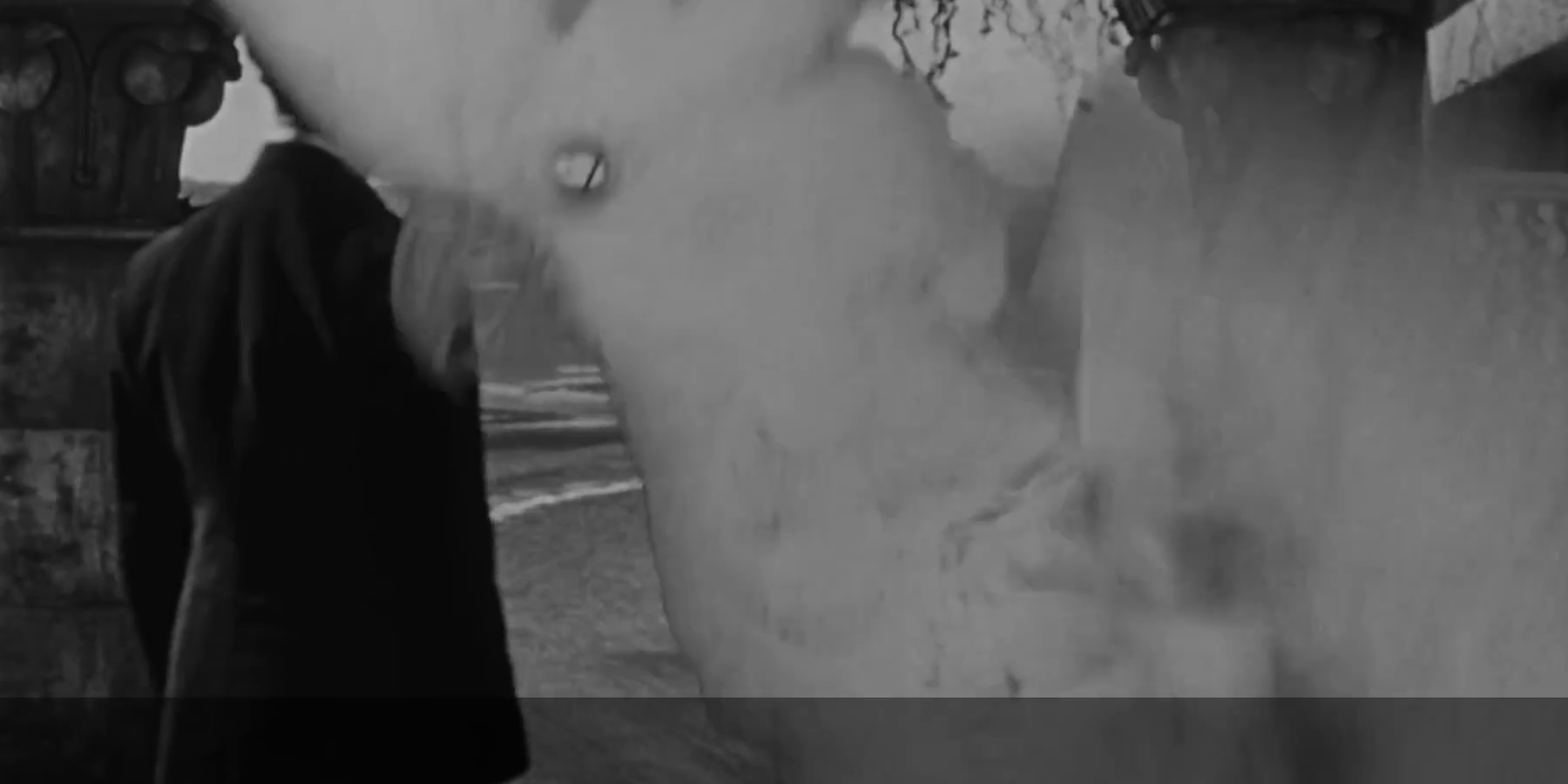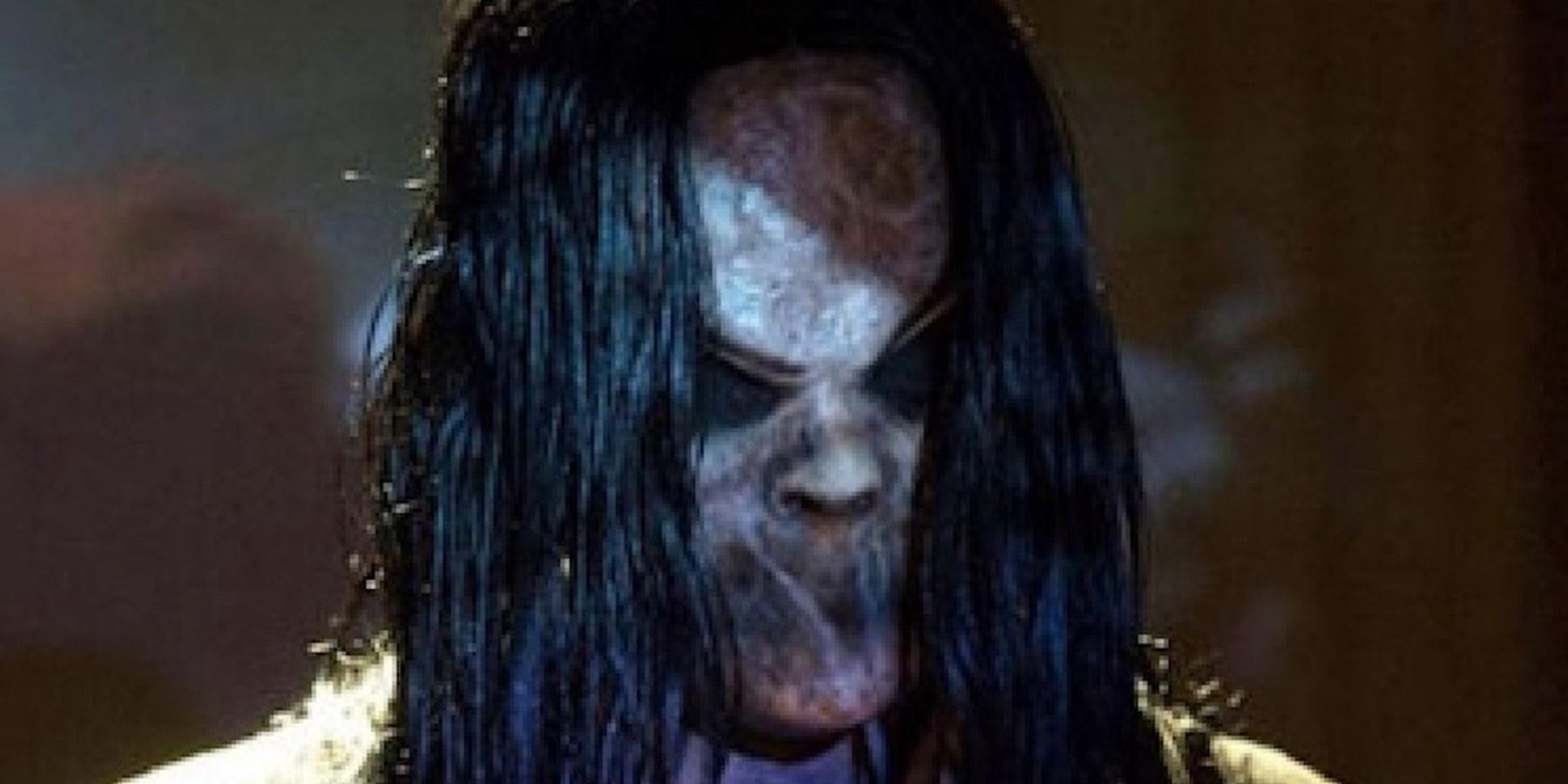When the camera hovers over a pitch-black room and the soundtrack has gone silent for a bit too long, most audiences already know what's coming. The sudden rush of a jump scare is a type of fear, and just like any other aspect of horror, it can be handled well or fumbled comically.
The most popular entry for the first jump scare to grace the silver screen comes in the 1942 horror film Cat People. Editor Mark Robson pioneered the technique by interrupting a tense and quiet scene with the sudden appearance of a noisy bus, later nicknamed the Lewton Bus after the film's producer. Lewton would use this technique, occasionally complete with the same bus, in multiple future films. The technique would increase sharply in popularity over the ensuing decades.
There were examples of the technique before Cat People, but the Lewton Bus was the blueprint from which most other horror films borrowed. The very first well-known example was the 1925 film adaptation of Gaston Leroux's novel The Phantom of the Opera. That early horror offering was silent, leaving the audio portion of the technique impossible. 16 years later, Orson Welles used a similar technique in his landmark cinematic opus Citizen Kane.
The film features a scene interrupted suddenly by a screeching cockatoo. Welles, known for his reticence to discuss his work in interviews, famously explained that the bird's jarring intrusion was only included to wake up the audience. Though different in many ways from the sudden screech of a ghost or the appearance of a killer over someone's shoulder, these examples represent early jump scares and remain highly praised to this day.
One extremely common jump scare format comes at the final moments of a horror film, to leave the audience with something memorable. The trendsetter for this idea was probably the 1976 Brian De Palma adaptation of Stephen King's Carrie. The idea was subverted in John Carpenter's Halloween two years later. Rather than ending with a big jump scare, Halloween earns a more chilling reaction by letting its killer escape silently. Friday the 13th was released in 1980 and started a trend that remains today, a big loud jump scare for its killer to ensure the audience that he'll be back. The slasher movie craze of the eighties was the biggest offender of the proliferation of jump scares, and the period which gradually changed the technique's public perception.
When Citizen Kane was waking up the audience and Carrie was ending on a shocking twist, jump scares were a rare treat. When every slasher movie with a three-digit budget abused the technique, it gradually grew stale. The jump scare suffered the fate of many popular songs, overplayed to the point of widespread condemnation. For years, fans and detractors of horror films have bashed the jump scare as a lazy and cheap method of getting a reaction without building suspense. Tons of film fans will claim to love horror movies and abhor jump scares. Often some nebulous concept of "psychological" horror or intelligent suspense will be laid out as an obvious improvement. Despite public perception, not every jump scare is created equal and there are countless examples to make that clear.
Scott Derrickson's 2012 horror film Sinister is considered by many to be one of the scariest cinematic experiences of the modern era. The tale of a true-crime novelist moving into the scene of his latest obsession and finding something even more haunting uses almost every horror movie technique in the book. Old 8mm film, playing with rules, scary kids, and, of course, tons of jump scares. A jump scare is central to one of the most heavily praised and one of the most heavily panned moments of the film. The former is one of the movie's nightmarish snuff film sequences which depict slightly too real takes on brutal murders. The fourth film, entitled "Lawn Work '86", features a few moments of a lawnmower rolling along silently before it catches a person beneath its blades and a piercing scream rings out. It's popularly considered one of the best jump scares in the modern era. Conversely, the film ends with a sudden look to camera from its central spirit Bughuul, which is seen by most as a complete failure.
The wide gulf in public perception between these two moments proves that there are good jump scares and bad jump scares, but they also demonstrate the difference. The lawnmower scene is a beautifully crafted horror moment, and perhaps the most powerful aspect of it is the fact that the audience doesn't see the gore. The camera cuts the instant the lawnmower makes contact and transitions to the real reason jump scares work, the actor's reaction. The ending jump scare is performed for nobody except for the audience in the theater, and that's why it doesn't work. The big scare plays because the audience sees the human impact of the moment. It isn't a forced scare for the audience's benefit, it's one of several moments that put the audience in the perspective of the horrified main character. That level of restraint and expert editing is what makes a jump scare work.
Jump scares are horror techniques that can be used well or used poorly, like any other. Labeling the entire discipline as lazy is reductive and fails to acknowledge what a creative filmmaker can do with something as simple as a loud noise and a sudden reveal.



